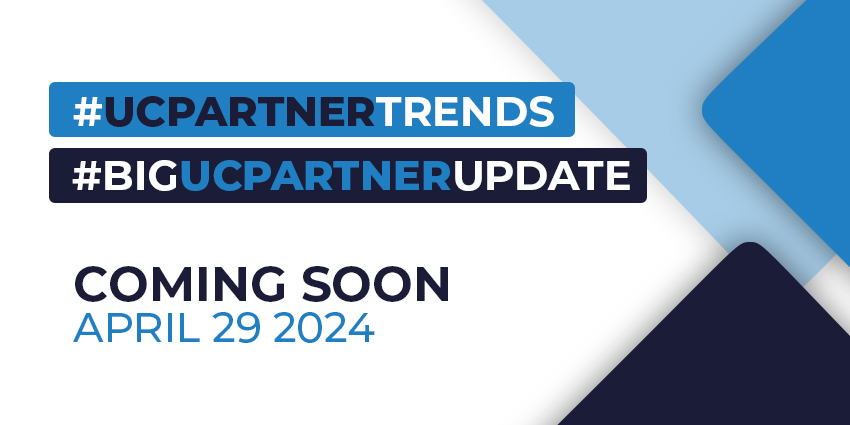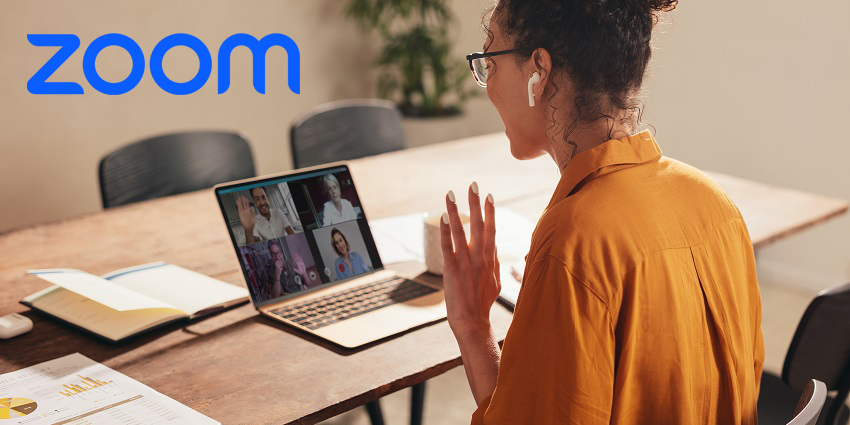Going remote during the COVID-19 pandemic has forced organizations to seek out innovative solutions for maintaining continuity of service.
For some, this has been a harder lift due to the challenge of moving entire call centers to work from home or adjusting teaching styles to meet the needs of virtual learners. Not an easy task by half.
Thankfully, a number of sectors such as healthcare were already in the midst of undergoing a digital transformation before the virus hit, giving them a leg up on their ability to offer essential services once face-to-face meetings became a less than desirable option.
The Health Sector Gets an Injection of Video Conferencing
Telehealth has played a pivotal role in helping to reduce the number of sick and vulnerable people who have had to leave their homes in order to receive care during the pandemic.
While a number of telehealth companies had previously rolled out services that allowed patients to connect with their healthcare professionals, adoption had been relatively limited up to this point.
The reasons for this slow integration are varied. In some regions like the United States, payers such as insurance companies and the market maker Medicare did not cover virtual visits like they did for in-person appointments. Primarily viewed as a tool for helping patients from more rural areas receive care, telehealth had not yet entered the mainstream.
Regulations for safeguarding the privacy of patients’ communications with their doctors (think HIPAA and HITECH in the US or the Data Protection Act in the UK) have also placed obstacles in the way of companies seeking to offer these services to their patients.
What was likely keeping most folks from shifting over to virtual sessions was that it was a change that they did not feel was truly warranted. Many respondents have stated that they prefer to see their doctors in person. Especially older patients who were uncomfortable with the idea of having to learn a new technology just to receive their care.
However, when the virus began to reach Western Europe and the US, there was a sudden demand for virtual visits that could keep both patients and doctors safe from risking infections. By some estimates, we are on track to have over a billion medical visits performed virtually by the end of the year.
Herts Urgent Care Offers East of England Residents Video Conferencing for Remote Visits
Municipalities have turned to various providers for their virtual visit services. In many cases, they have built on existing relationships with vendors to roll out new solutions.
In hopes of getting a better sense for how organizations are utilizing technology, UC Today took a look at how one of these companies has teamed up with cloud communications provider Content Guru to reduce risk during these strange times.
In the East of England, Herts Urgent Care operates the NHS 111 telephone line and General Practitioner (GP) out-of-hours services that offers care for the 3.3 million plus residents in the region. For the vast majority of cases, HUC reports that they are able to facilitate and resolve 80% the calls they receive over the phone. However, they state that 20% still need to be seen by a medical professional.
Under normal circumstances, a follow up would be carried out in person. But in the age of COVID-19, they needed another solution for these visits that would keep patients and doctors at a safe distance.
The answer that HUC decided to roll out in May Content Guru’s storm® LINK On Demand One-Way Video Consultation application for their contact center. A privacy-focused communication app that met the NHS’s requirements for data security, storm allows patients to connect directly with doctors for fast remote consultations.
“Choosing the Content Guru solution meant we could guarantee full compliance with clinical safety regulations,” explains Hertfordshire Urgent Care’s Director of Delivery and Performance Janice Greenhill, adding that, “We had worked with Content Guru successfully for a number of years and were confident in selecting storm LINK as a long term, rather than temporary, solution.”
While the NHS and other health bodies around the world have approved the use of various telehealth products, as well as services like Zoom and even Apple’s FaceTime to keep up with demand, the team at HUC cites a number of distinct features that drove their decision to adopt this technology.
Greenhill tells UC Today that they found the capability to have doctors quickly jump into an ongoing call without the need for additional links or sign–ons to be valuable to their work flow. She also points to the product’s feature that allowed doctors to operate the video and audio channels separately. Specifically, she notes that doctors like being able to turn the video on and off according to their need without dropping the call.
Privacy for physicians was very much at the center of Content Guru’s thinking in their development of storm according to Greenhill. She says that by offering a one-way video where only the patient was visible, they hoped to provide a little bit of privacy for doctors who found themselves taking calls from their home instead of the office.
The ad-hoc call solution with its one-way video was Content Guru’s first iteration for this service that Greenhill says had been in the works for some time, explaining that, “the coronavirus pandemic meant we needed to roll it out sooner than we’d expected. Starting with one-way video allowed us to launch a product that clinicians could use straight away.”
However, after receiving feedback from both clinicians and patients, Greenhill says that the next version of the application will include two-way video calling where the doctor and patient can both see each other on the call.
My Take
Necessity is the mother of all invention, or so the saying goes.
The COVID-19 pandemic has been a blight upon the world, taking lives and decimating economic growth. At the same time, it has provided a much-needed shot in the arm for boosting the technologies and services that will help make us more resilient to face whatever comes next. And there will be a next after this one.
All forms of essential services that have been held back from going fully digital are finally making their way to the cloud because that is simply the way that they should be. There is no good reason why we should have to take time out of our day to travel to see a doctor, wait in their lobby, and all for three minutes of conversation about something that I probably have to see someone else about. We literally used to do this all the time, simply because that was the way that it was done.
It took a pandemic to force these systems to adjust to the modern digital age. It is not without its flaws that need to be worked out. But they can be, and they will. The cost savings, not to mention the fact that virtual visits to the doctor (or bank, government office, etc for that matter) can help stem the spread of disease, will continue to push more countries to adopt digital alternatives to in-person meetings.
What I like about Content Guru’s approach in their work with HUC is that it integrates directly into the call center system without requiring significant adjustments from the operator’s side. As a CCaaS provider, this is their bread and butter. And even if some percentage of callers still need to see a doctor in–person, they are still succeeding in reducing that number even further.
They also appear to be covering their bases when it comes to ensuring issues of data privacy and compliance, at least according to their statements. Greenhill tells UC Today that they will be releasing new features that can automate the monitoring of calls for compliance requirements.
Furthermore, I appreciate that they were ready to launch an unfinished product to meet the existing need, have since learned from feedback, and are already preparing to offer an improved product moving forward.







